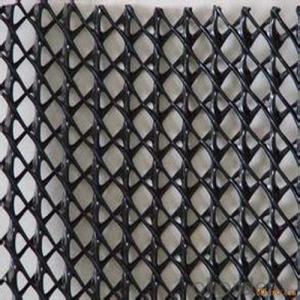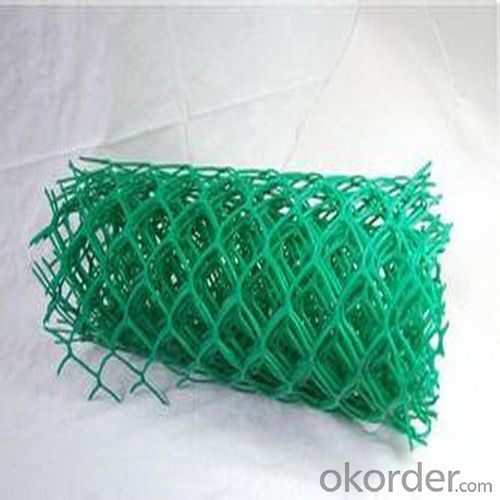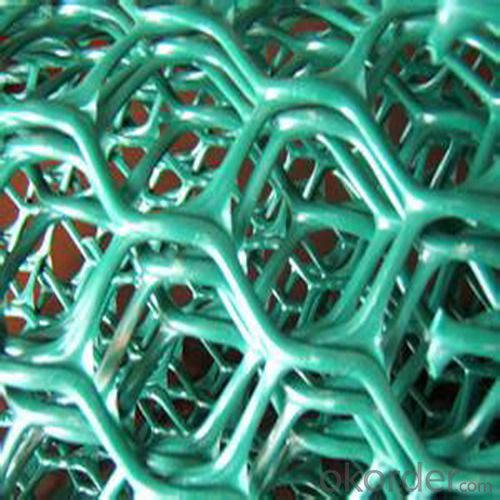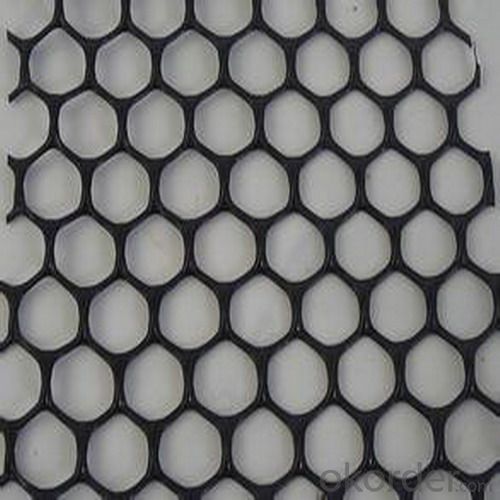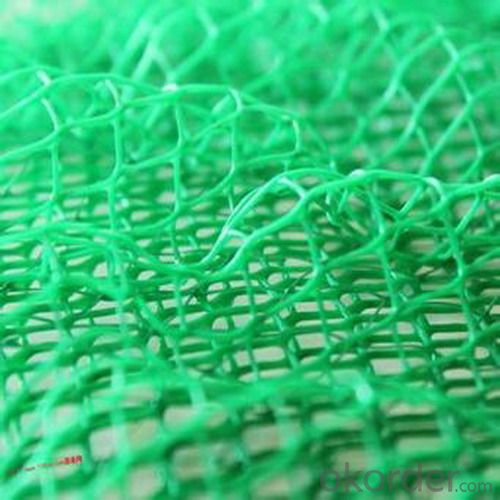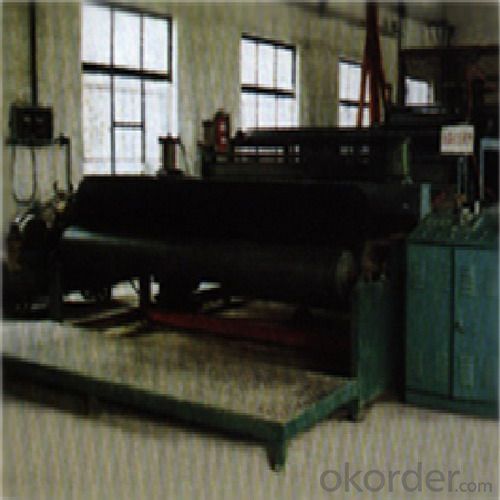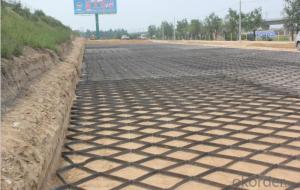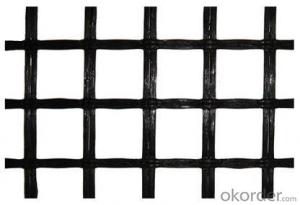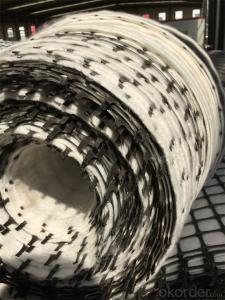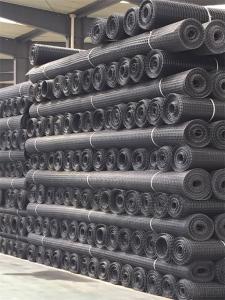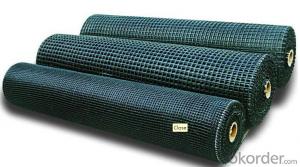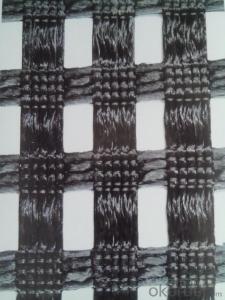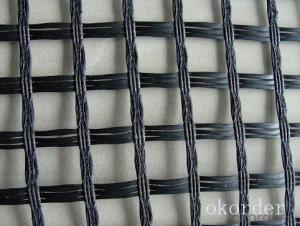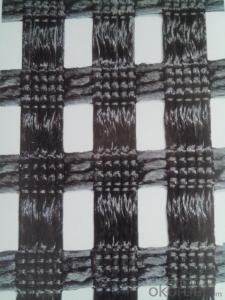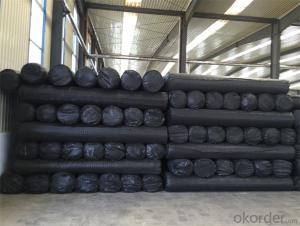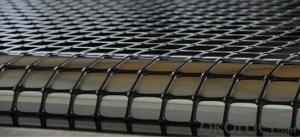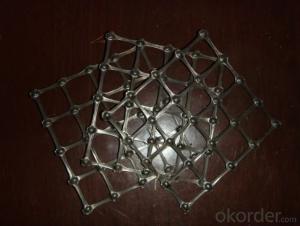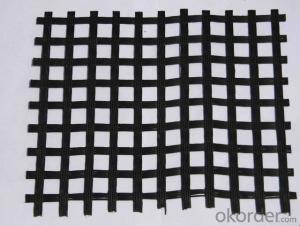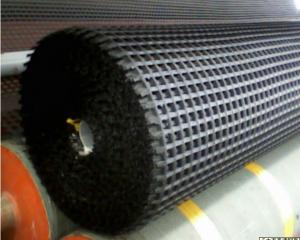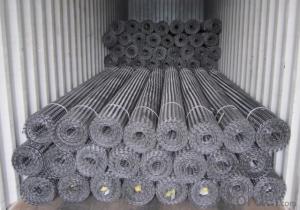Geonet Geogrids Philippines
- Loading Port:
- China Main Port
- Payment Terms:
- TT OR LC
- Min Order Qty:
- -
- Supply Capability:
- -
OKorder Service Pledge
Quality Product, Order Online Tracking, Timely Delivery
OKorder Financial Service
Credit Rating, Credit Services, Credit Purchasing
You Might Also Like
Geonet is widely used in the waterconservancy project, slope maintenance, soft soil improvement, road improvement,wall improvement, etc. It has advantages of high strength, good dimensionalstability, corrosion-proof, anti-aging(more than 15 years), wide service temperature(- 50-120 degrees),etc.
Product Features
| High cost performance |
| Perfect after-sales service |
| Flexible and durable |
| Easy to transport |
| Fast delivery |
Product Specification
Three dimensional network Em2 | Three dimensional network Em3 | Three dimensional network Em4 | Three dimensional network Em5 | |
Tensile strength in quality control,KN/m≥ | 0.5 | 1.4 | 2 | 3.2 |
| Weight(g/㎡) | 220 | 260 | 350 | 430 |
| Thickness(mm) | 10 | 12 | 14 | 16 |
| Width(m) | 2 | |||
- Q: What are the potential drawbacks of using geogrids?
- One potential drawback of using geogrids is the high cost associated with their installation and maintenance. Geogrids are typically made from synthetic materials, which can be expensive to produce and purchase. Additionally, the installation process often requires specialized equipment and skilled labor, further increasing the overall cost. Another drawback is the limited effectiveness of geogrids in certain soil conditions. Geogrids are typically designed to enhance soil stability and reinforce weak or unstable soils. However, in cohesive soils or highly organic soils, geogrids may not provide the desired level of reinforcement. In such cases, alternative solutions or additional measures might be necessary. Moreover, geogrids require proper design and careful installation to ensure their effectiveness. If not installed correctly, geogrids may not perform as intended and could potentially fail. This could result in the need for costly repairs or replacements. Lastly, geogrids may have environmental concerns associated with their production and disposal. Synthetic materials used in geogrids are not biodegradable and may contribute to pollution if not properly managed. Additionally, the manufacturing process of these materials often involves the use of fossil fuels and can generate greenhouse gas emissions. Overall, while geogrids offer numerous benefits in terms of soil reinforcement and stabilization, it is important to consider their drawbacks, including high cost, limited effectiveness in certain soil conditions, installation requirements, and potential environmental impacts.
- Q: Can geogrids be used in shoreline protection?
- Yes, geogrids can be used in shoreline protection. Geogrids are commonly used in erosion control and shoreline stabilization projects. They provide reinforcement to the soil and help prevent erosion, especially in areas where waves and currents are strong. Geogrids can be installed along the shoreline to stabilize the soil, reduce erosion, and protect the coastline from further damage.
- Q: How do geogrids compare to other soil reinforcement methods?
- Geogrids are a highly effective soil reinforcement method that offer several advantages over other methods. They provide excellent tensile strength, allowing them to distribute loads and restrain soil movement effectively. Unlike traditional methods like soil nails or ground anchors, geogrids can be installed quickly and easily, reducing construction time and costs. Additionally, geogrids are resistant to chemical and biological degradation, making them a durable and long-lasting solution. Overall, geogrids offer superior performance, cost-effectiveness, and ease of installation compared to other soil reinforcement methods.
- Q: How do geogrids enhance the performance of geotextile tubes?
- Geogrids enhance the performance of geotextile tubes by providing structural reinforcement and stability. They help to distribute the loads and forces acting on the geotextile tubes, preventing deformation and maintaining their shape. This reinforcement improves the overall strength and durability of the geotextile tubes, making them more effective in applications such as erosion control, shoreline protection, and sediment containment.
- Q: What are the benefits of using geogrids in pavement construction?
- Geogrids offer several benefits in pavement construction, including improved stability and load-bearing capacity, reduced cracking and rutting, increased pavement lifespan, and cost savings. By reinforcing the soil or aggregate base, geogrids distribute the load more evenly, preventing the formation of potholes and reducing maintenance requirements. Additionally, they enhance the overall structural integrity of the pavement, making it more resistant to heavy traffic and environmental factors such as freeze-thaw cycles. Ultimately, utilizing geogrids in pavement construction leads to longer-lasting, more durable roads with reduced maintenance needs, resulting in cost savings over time.
- Q: How do geogrids improve the load-bearing capacity of soils?
- Geogrids improve the load-bearing capacity of soils by providing reinforcement and stabilizing the soil matrix. When geogrids are installed within a soil mass, they create a strong interlocking system, distributing the applied loads more evenly and reducing the potential for soil movement or settlement. This reinforcement effectively increases the soil's shear strength and overall stability, enabling it to withstand higher loads and improve its load-bearing capacity.
- Q: Are geogrids suitable for use in ground reinforcement for residential developments?
- Yes, geogrids are suitable for use in ground reinforcement for residential developments. Geogrids provide effective soil stabilization and reinforcement, enhancing the stability and load-bearing capacity of the ground. They are durable, cost-effective, and can be easily installed, making them a practical choice for residential projects.
- Q: Do geogrids provide reinforcement to geosynthetic asphalt liners?
- Yes, geogrids can provide reinforcement to geosynthetic asphalt liners. Geogrids are typically used to enhance the stability, strength, and performance of geosynthetic materials, including asphalt liners. They help distribute loads and reduce stress, improving the overall durability and longevity of the liner system.
- Q: How do geogrids improve the performance of unpaved parking lots?
- Geogrids improve the performance of unpaved parking lots by increasing the stability and load-bearing capacity of the surface. They distribute and reinforce the weight of vehicles, reducing rutting and potholes. Additionally, geogrids prevent the migration of aggregate materials, enhancing the longevity and overall durability of the parking lot.
- Q: How do geogrids withstand environmental factors such as UV radiation?
- Geogrids are designed to withstand environmental factors such as UV radiation through the incorporation of additives and coatings. These materials enhance the geogrid's resistance to the damaging effects of prolonged exposure to sunlight, preventing degradation and maintaining its structural integrity over time.
Send your message to us
Geonet Geogrids Philippines
- Loading Port:
- China Main Port
- Payment Terms:
- TT OR LC
- Min Order Qty:
- -
- Supply Capability:
- -
OKorder Service Pledge
Quality Product, Order Online Tracking, Timely Delivery
OKorder Financial Service
Credit Rating, Credit Services, Credit Purchasing
Similar products
Hot products
Hot Searches
Related keywords
